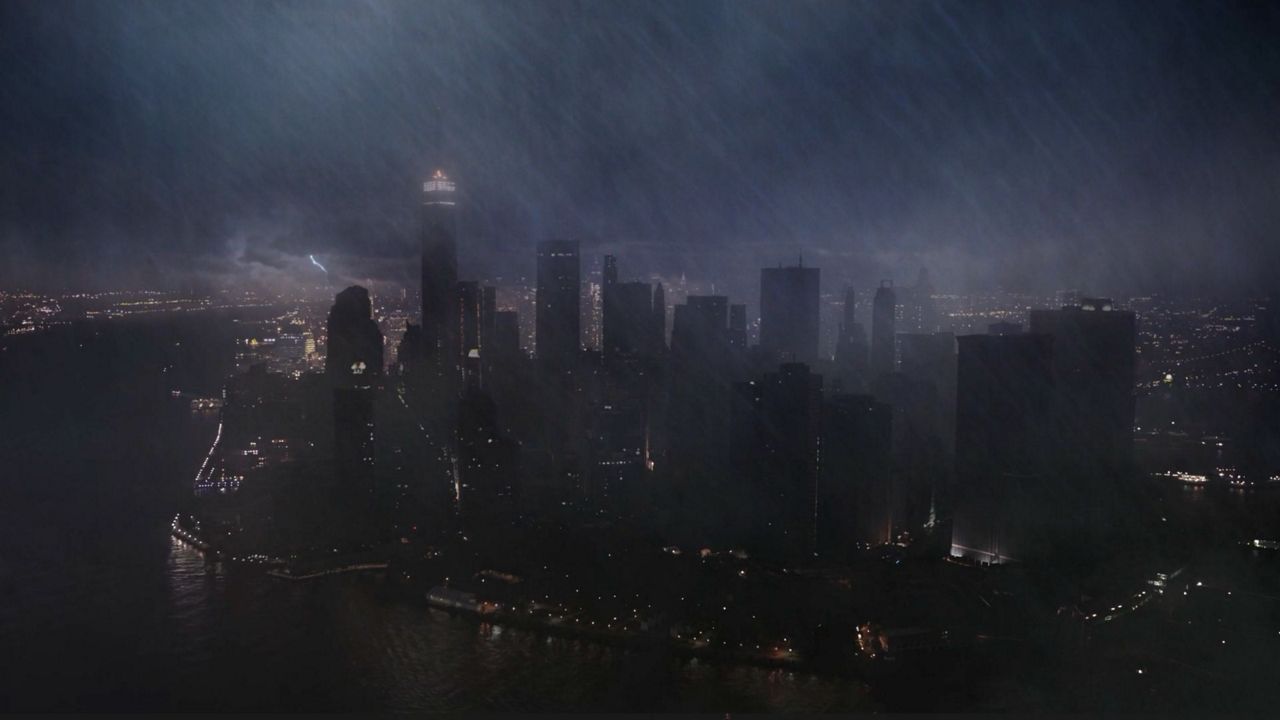Mother nature makes weather happen all around us. However, do you know what it takes to simulate weather or create those cinematic environments in some of your favorite movies and TV shows?
It takes a team of visual effects (VFX) artists to create cinematic environments of the “multiverse” in “Doctor Strange in the Multiverse of Madness” to a replication of Hurricane Sandy in Netflix’s “Kaleidoscope.”
For this story, I sought one of the premier visual effects companies in Hollywood. I talked to Framestore, an Oscar-winning visual effects agency who has created stunning visual effects for some of your favorite movies and TV shows from “Avengers: Infinity War” to “The Last of Us.”
The company is up for another Oscar at this year’s 95th Academy Awards for Best Visual Effects for “Top Gun: Maverick.”
So let’s talk about the visual effects magic it takes to create stunning sunsets, terrifying storms and beautiful climates on your screen.
“We always start with collecting real world reference,” said James Whitlam, Executive VP, Film & Episodic at Framestore. That real world reference serves as their foundation when they create visual effects.
For weather events, they rely on video footage rather than chasing the storms themselves.
“We’re not professional storm chasers, so we will pivot to documentary footage for this kind of thing,” said Whitlam.
For example, in “Kaleidoscope” the show took place during Hurricane Sandy, so the visual effects team relied on photographs and film stock to simulate the inclement weather during that scene of the show.
“Because we were not able to get permission to shoot a plate of Lower Manhattan, it became necessary to use stock-footage which presented additional challenges like changing the footage we were given from day to night and re lighting the entire city to make it fit in to our show,” said Whitlam.
However, it takes time and precision to create the weather and environments you see on film or the sliver screen.
An organic environment like a meadow or forest takes a level of “modelling complexity and subtle motion that increases the time necessary to achieve the illusion of reality.”
But when you introduce elements like rain, fire and smoke that require a different level of visual effects skills called “effects simulation.”
“These artists specialize in mimicking natural phenomena,” said Whitlam.
He talked about the complexity of creating stormy seas in the Netflix’s “1899.” He said it was one of the most time-consuming elements to effect.
“These fully CG shots required simulating passes for the ocean waves, foam, spray, wake, rain and more. These are mathematically intensive processes with render times running into the hundreds of thousands of CPU hours,” Whitlam told us.
There is no limitation in creating the worlds and environments you see in your favorite movies. In Whitlam’s words, “If you can imagine it, we can create it.”
VFX artists also use artificial intelligence or AI to dream up worlds you haven't imagined yet. Whitlam says the only limitation is the cost to make it.
“The only limitation is the time it takes to create entire worlds and that costs money!” exclaimed the Framestore executive.
Creating the environments you see in movies is often a collaboration between production designer and the visual effects supervisor. On a feature film, a director will give a final sign off on the design while a showrunner on a TV show will do the same.
“VFX are often the first people consulted once a script is green-lit for production and usually the last to finish,” said Whitlam.
Framestore’s VFX work has received nominations and accolades from the Academy Awards to the Annie Awards.
This year Framestore Visual Effects Supervisor Ryan Tudhope and his team earned a Best Visual Effects Oscar nomination for “Top Gun: Maverick”.
Whitlam commented on the nomination, saying “[we] are in awe of all the visual artists around the world who contributed to creating the adrenaline fueled experience that comes from being fully immersed in this film.”
Whitlam said that the studio went to “extraordinary lengths to capture as much of the aerial combat work in camera as possible,” to have the environment be authentic.
Right now, the production company is working on visual effects for some highly anticipated movies including “Barbie,” “Guardians of the Galaxy Vol. 3,” and “The Little Mermaid,”
Here is what Whitlam said about bringing “The Little Mermaid” to life.
“We wouldn’t want to take anything away from the premiere of this film. Our lips are sealed!”
So, I guess we'll have to wait and see what movie magic they have in store under the sea.
Our team of meteorologists dives deep into the science of weather and breaks down timely weather data and information. To view more weather and climate stories, check out our weather blogs section.
